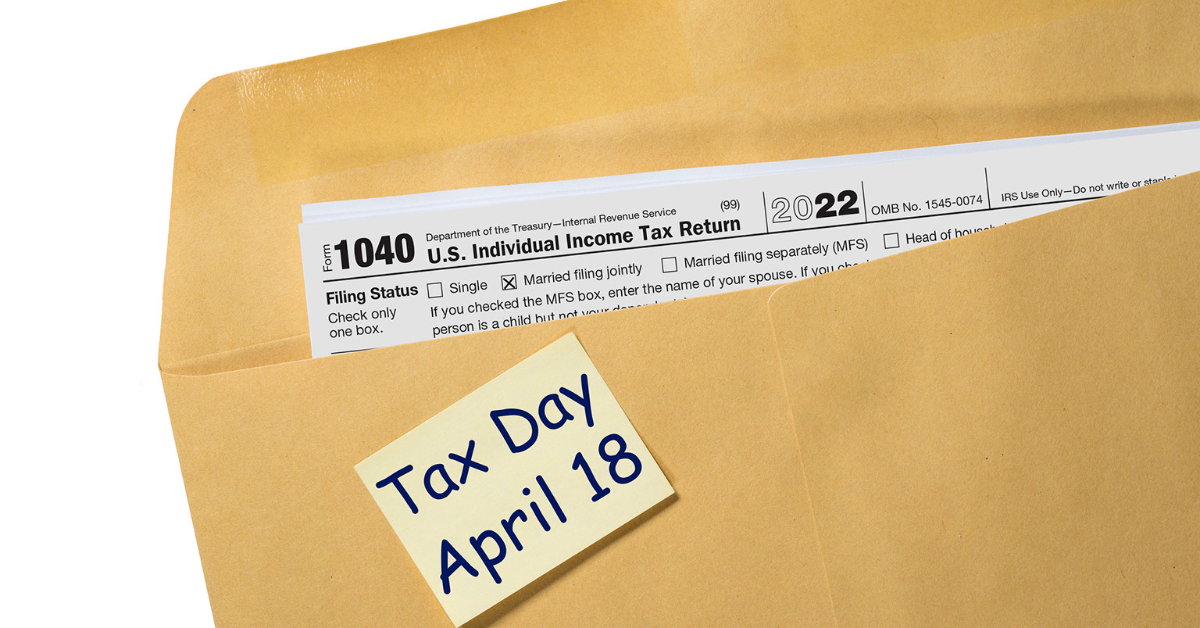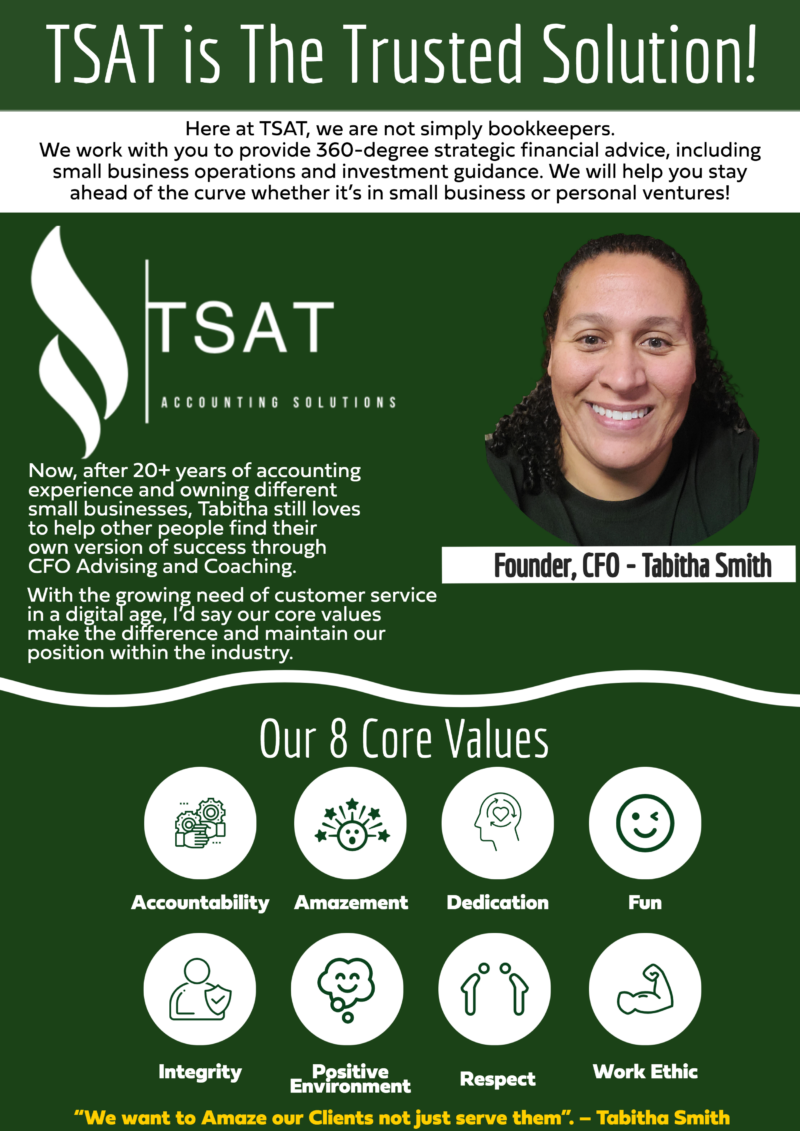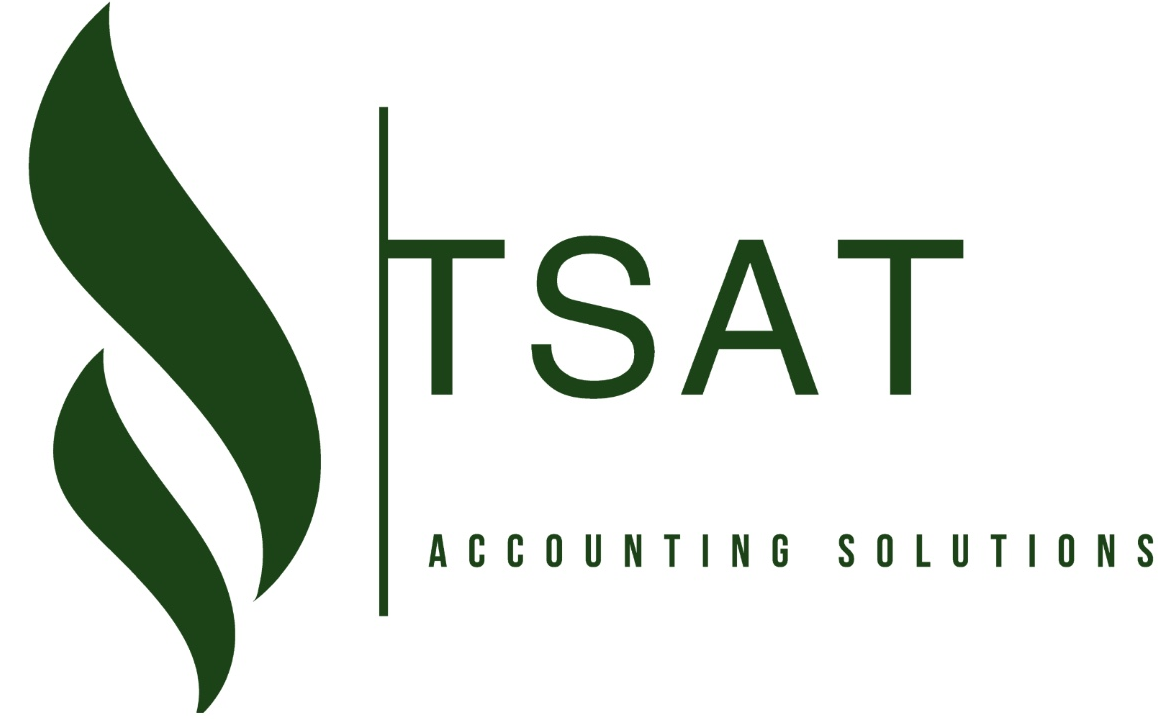
Tax season can be a stressful time for many people, especially for those who are not familiar with the important tax dates for filing. Knowing these dates is crucial as it ensures that you don’t miss any deadlines and avoid any potential penalties
For Individual Filers such as: employees, retirees, self-employed individuals, independent contractors, and gig workers
- January 16, 2023 – 4th Quarter 2022 estimated tax payment due. If you’re self-employed or have other income without any tax withholding, and you make quarterly estimated tax payments, this is the due date for your final quarterly payment for the 2022 tax year.
- January 23, 2023 – 2022 Tax season begins. This marks the first day the IRS will begin accepting and processing 2022 federal tax returns.
- January 31, 2023 – Due date for employers to send W-2 forms. To ensure you’re able to complete your tax return on time, the IRS requires all employers to send you a W-2 no later than January 31 following the close of the tax year. Generally, this means W-2s get sent by January 31, but you won’t necessarily receive your form by this date.
- January 31, 2023 – Certain 1099 forms are sent. Various 1099 forms, and forms 1099-NEC,1099-MISC, and 1099-K are used to report payments that typically don’t come from an employer, such as if you work as an independent contractor, gig worker, or self-employed person or if you receive income such as interest, dividends, prize winnings, rents, royalties, or brokerage account transactions. If January 31 falls on a weekend or holiday, these forms are due to be sent the following business day.
- February 15, 2023 – Reclaim your exemption from withholding. If you chose to claim an exemption from your employer withholding taxes from your paycheck last year by filing a Form W-4, you’ll need to re-file the form by this date. You would file this exemption request if you anticipate having no tax liability this year and had none in the previous year.
- April 3, 2023 – Required minimum distribution due if you turned 72 in 2022. If you turned 72 in 2022, you have until April 3, 2023 to take your 2022 required minimum distribution (your first required distribution) from your retirement account. After passage of the SECURE Act in 2019, if you turned 70 years old on or after July 1, 2019, you don’t need to take RMDs until you reach age 72.
- April 18, 2023 – Tax day (unless extended due to local state holiday). The tax deadline typically falls on April 15 each year, but can be delayed if it falls on a weekend or holiday. Missing the tax deadline can have consequences like penalties and interest.
- April 18, 2023 – Deadline to File Form 4868 and request an extension. The tax day deadline is also the last day to file Form 4868 requesting an extension to file your individual income tax return. If you won’t be ready to file your tax return by tax day, make sure you instead complete an extension request, granting you the ability to delay filing a completed return until October 16, 2023. But remember, even if you choose to file an extension, you are still required to pay any taxes you may owe by the April deadline.
- April 18, 2023 – Deadline to make IRA and HSA contributions for 2022 tax year. For individual income tax return filers, this also marks the final day to make contributions to your IRA or HSA for the 2022 tax year. After this date, you generally can’t make contributions for the previous tax year.
- April 18, 2023 – First quarter 2023 estimated tax payment due. Making estimated tax payments means that you need to estimate how much income you’re likely to make for the year and determine how much you will owe to the IRS for income taxes. You can use IRS Form 1040-ES to calculate how much tax liability you’ll have for the year. IRS Publication 505 contains all the rules and details you might need to know about how to calculate this amount. If you overestimated how much tax liability you’d owe for a year and are due a refund, you can choose to receive that money now or apply the overage to the following year’s quarterly tax payments.
- June 15, 2023 – Second quarter 2023 estimated tax payment due. Despite the IRS referring to these payments as quarterly estimated taxes, the due dates don’t necessarily fall within “quarters” nor do they each represent three months of tax payments. They represent an equal quarterly share of your estimated income tax liability paid at uneven intervals. The first payment occurs 3 and a half months into the year. The second payment is five and a half months; the third payment is eight and a half months, and the fourth payment is due 12 and a half months after the year starts.
- September 15, 2023 – Third quarter 2023 estimated tax payment due.
- October 16, 2023 – Deadline to file your extended 2022 tax return. If you chose to file an extension request on your tax return, this is the due date for filing your tax return.
- December 31, 2023 – Required minimum distributions must be taken for individuals age 73 or older by the end of 2023. After taking your first RMD (for 2022) by April 1, 2023 if you turned 72 in 2022, you also need to take your 2023 RMD by the end of the year. This is also the deadline if you are otherwise required to take an RMD for 2023.
- January 15, 2024 – Fourth quarter 2023 estimated tax payment due. This represents the final quarterly estimated tax payment due for 2023. If you choose the option to pay 100% of your previous year’s tax liability, any unpaid taxes will be due when you file your 2023 individual tax return by the April 2024 deadline.
Interested in learning more, check out TSAT’s Tax Planning! 
For Businesses such as: Partnerships (including LLCs), C Corps (Form 1120), and S Corps (Form 1120S)
- January 16, 2023 – 4th Quarter 2022 estimated tax payment due
- January 23, 2023 – 2022 Tax season begins
- January 31, 2023 – Employers send W-2s forms to employees
- January 31, 2023 – Send certain 1099 forms
- March 15, 2023 – Taxes are due for some business types (partnerships, multi-member LLCs, and S-Corporations). Businesses organized as partnerships, including multi-member LLCs, and S-Corporations need to file Form 1065, or 1120S by March 15, 2023, if they are a calendar year business. If your business uses a fiscal year, you need to file your tax return by the 15th day of the third month following the close of your tax year. For example, if your business uses an April 1 – March 31 tax year, your business tax return would be due June 15 instead of March 15.
- April 18, 2023 – Taxes for C-Corporations are due. Businesses organized as C-Corporations need to file form 1120 by April 18, 2023, if they are a calendar year business. If your business uses a fiscal year, you need to file your tax return by the 15th day of the third month following the close of your tax year. For example, if your business uses an April 1 – March 31 tax year, your business tax return would be due June 15 instead of in April.
- September 15, 2023 – Deadline for extended partnership and S-corporation returns
- October 16, 2023 – Deadline for extended C-corporation returns
- January 15, 2024 – Fourth quarter 2023 estimated tax payment due
Knowing the important tax filing dates is crucial for staying organized and on top of your taxes. By understanding the due dates for filing your taxes, you can ensure that you don’t miss any deadlines and avoid any potential penalties. Additionally, being aware of when to expect your refund can help you plan your finances and budget accordingly. By staying informed of the key tax dates, you can make tax season as stress-free as possible. Remember, it’s always better to be prepared and stay ahead of the game, so make sure to mark the important tax dates in your calendar and stay informed. With the right knowledge, you can ensure that your tax filing process is smooth and efficient.
(Sources for the lists above, TurboTax & IRS)
Does looking at that list make your eye twitch?! That’s why we’re here to help! Let TSAT become your Trusted Advisor!

Your Trusted Advisor… At TSAT, we know that a great businesses need to operate at high levels of service, accuracy, reliability, and throughput. We also know that the only way to ensure these things are achieved is to develop a comprehensive set of accounting and finance policies and procedures and to regularly train all personnel involved in the management and control of the company’s software. Only by taking steps toward accounting, quality assurance, and finances can a small business accounting department expand its business and improve its profit margins. It takes a little work to make sure that every aspect of small business accounting is running at full capacity, and we are here to help!
Here at TSAT, we are not simply bookkeepers. We work with you to provide a 360-degree strategic financial advice, including small business operations and investment guidance. We will help you stay ahead of the curve when it small business or personal investments!
If you are a gig worker or small business owner looking to grow your business, TSAT’s AMAZING Trusted team considers much more than just your taxes!
TSAT’s is your Trusted Advisor and will let you focus on your business’s core competencies! Whether you have a small business or you need help personally, TSAT can give you HOPE! Call us today!
Phone: (417) 208-2858
- Website: TSAT Accounting Solutions
- Facebook: TSAT Facebook
- Calendly : Quickly schedule a 15 minute call!
- Alignable: Connect with Us on Alignable!
- Fill out the Qualification Questionnaire for a full 1 hour CFO Consult!
